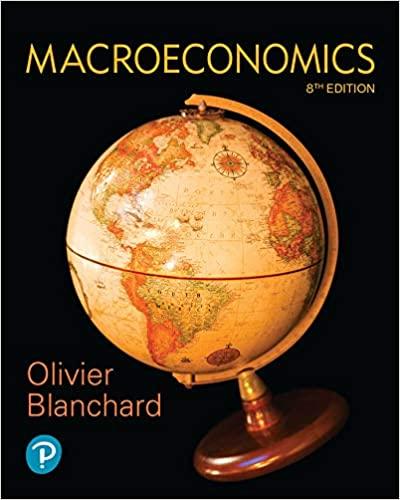Consider an open economy in which the real exchange rate is fixed and equal to one. Consumption,
Question:
Consider an open economy in which the real exchange rate is fixed and equal to one. Consumption, investment, government spending, and taxes are given by

where \(Y^{*}\) denotes foreign output.
a. Solve for equilibrium output in the domestic economy, given \(Y^{*}\). What is the multiplier in this economy? If we were to close the economy-so that exports and imports were identically equal to zero-what would the multiplier be? Why would the multiplier be different in a closed economy?
b. Assume that the foreign economy is characterized by the same equations as the domestic economy (with asterisks reversed). Use the two sets of equations to solve for the equilibrium output of each country. (Hint: Use the equations for the foreign economy to solve for \(Y^{*}\) as a function of \(Y\) and substitute this solution for \(Y^{*}\) in part a.) What is the multiplier for each country now? Why is it different from the open economy multiplier in part a?
c. Assume that the domestic government, G, has a target level of output of 125. Assuming that the foreign government does not change \(G^{*}\), what is the increase in \(G\) necessary to achieve the target output in the domestic economy? Solve for net exports and the budget deficit in each country.
d. Suppose each government has a target level of output of 125 and that each government increases government spending by the same amount. What is the common increase in \(G\) and \(G^{*}\) necessary to achieve the target output in both countries? Solve for net exports and the budget deficit in each country.
e. Why is fiscal coordination, such as the common increase in \(G\) and \(G^{*}\) in part d, difficult to achieve in practice?
Step by Step Answer:






